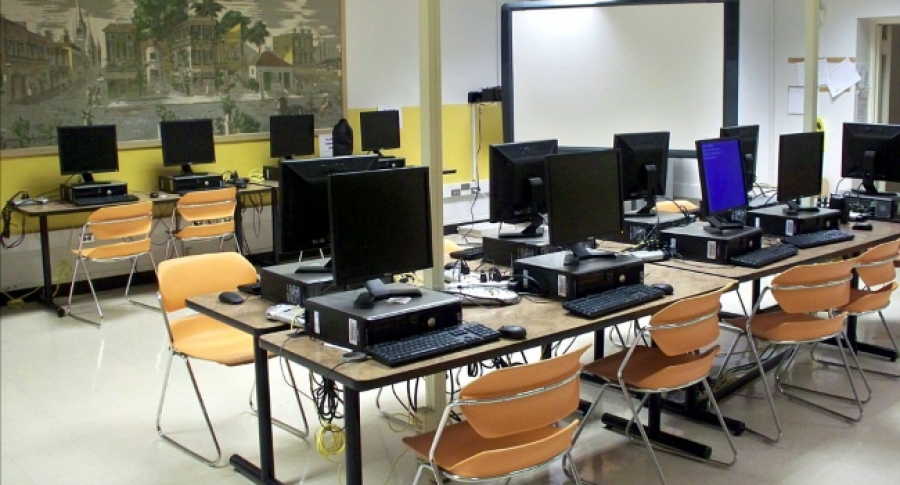In fact, a recent research report by Microsoft found that teachers are increasingly finding themselves out of their depth when it comes to the new IT curriculum; 68% of Primary and Secondary teachers are concerned that their pupils have a better understanding of Computing than they do. With Computing now forming a compulsory part of the national curriculum, and the UK Government pushing for more tablet-based learning, are teachers being given enough support when it comes to protecting their pupils from the online world?
We take a look here at the threats facing children in the online world and outline a few top tips for teachers wanting to safeguard their pupils in the connected classroom.
The rise of e-learning in the classroom
"Children spend six hours a day in front of screens, and these screens have found their way into the classroom."
It’s no surprise that children are bringing the internet increasingly more into their daily lives. A recent research report by Childwise found that children spend an average of six hours a day in front of screens, so it seems natural that these screens have found their way into the classroom. From smartphones to social networking, children today are not only naturals when it comes to the latest advances in technology, but they’re not afraid of it either.
While the internet is undoubtedly a great tool to aid children’s learning – providing them with new experiences and ways of learning – it is fraught with risk. So who is responsible for ensuring children are secure and, more importantly, cannot access and/or be targeted with inappropriate content when using internet connected devices in the classroom?
E-safety in the classroom
Currently e-safety education remains a grey area in schools, and this lack of clarity around online safety best practice is putting teachers in a tricky situation when it comes to meeting the tech/IT guidelines of the new curriculum, while keeping children safe and secure on these connected devices.
Until a time comes when a unified approach to e-safety education is adopted, it’s important that teachers in the UK take responsibility for installing a culture of online safety education in their classroom. If you’re unsure how to go about doing this, here are some top tips:
- Educate children about the internet: It sounds simple, but educating your pupils about the internet is step one in making sure they remain safe when online. Setting simple ground rules about the dangers of clicking on suspicious links, oversharing and talking to strangers online – in the same way that you would set boundaries about general behaviour in the classroom – will help pupils identify the dos and don’ts of online etiquette.
- Become an expert: If your school doesn’t have funding in place to support e-safety training there are plenty of free resources online to help you and your colleagues make sense of online safety. Get Safe Online and Cyber Street Wise are just a few of the organisations we have been working with to help teachers instill a culture of e-safety education in the classroom.
- Change their perception of the online world: Children often struggle to see the implications or severity of their actions online, and one example of this is cyberbullying. It’s important you encourage pupils to view the online world as an extension of their real world. This means anything they wouldn’t do or say in the real world, they shouldn’t be doing online. To help change perceptions get them to ‘think before they post’ by asking themselves the following questions - would I do/say this in the school playground? Would I share this information/secret with my friends?
- Keep security software up-to-date: When setting up your classroom make sure all devices that allow your pupils access to the internet – smartphones, tablets and PCs – are equipped with age appropriate security software and privacy filters. With multiple threats now facing children online it’s important you adopt the right level of security software; ideally a product that includes antivirus detection in addition to identity/web protection.
How do you keep your pupils e-safe? Share your tips below!


















